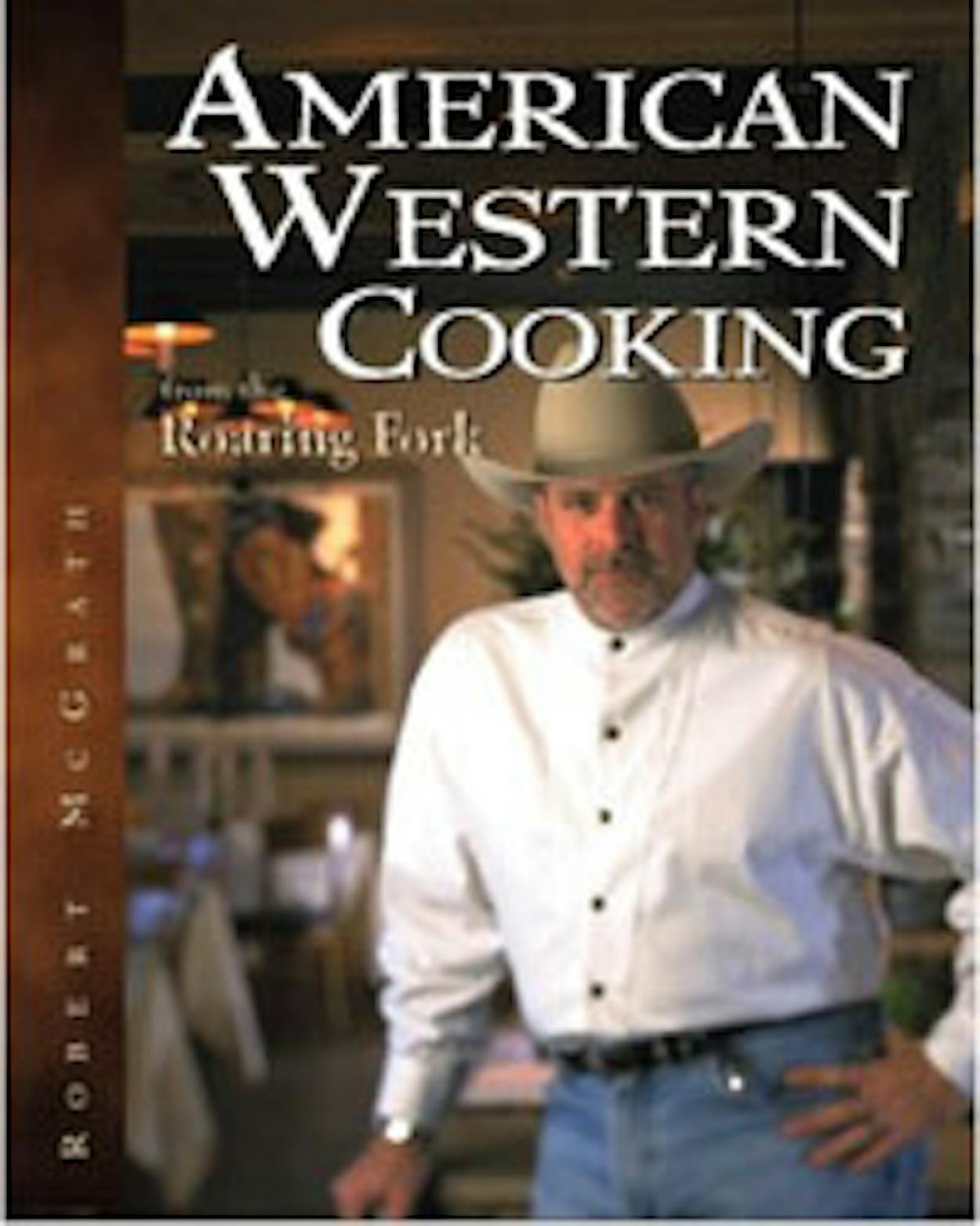Since 1985, chef Robert McGrath has accumulated a number of cooking awards and honors: in 1988 Food and Wine declared him to be one of the ten best new chefs in America; the White House selected McGrath to prepare meals for heads of state attending the 1991 Economic Summit; and the James Beard Foundation nominated him for the Best Chef: Southwest award in 1994, 1995, 1997, 1998, 1999, 2000, and 2001 (he won the award in 2001). That McGrath has subsequently produced a cookbook that gathers recipes from his well-regarded Roaring Fork in Scottsdale, Arizona, (there’s one in Austin now too) fails to surprise—the awards suggest that it was simply a matter of time. But McGrath’s American Western Cooking From the Roaring Fork does more than loot the restaurant’s past and present menus for recipes—the book details a more naturalistic, primitive approach to cooking that the chef hopes will not only enhance the flavor of his Southwestern food but also “increase awareness about organic and self-sustaining farming.” A cookbook with an admirable environmental message.
McGrath encourages his readers to seek out local ingredients. “If we use local ingredients, we are keeping the time and distance between their harvest and their usage to a minimum,” he says. “This ensures that the freshest, most flavorful, and least expensive ingredients are used in your meal.” That the use of such ingredients effectively responds “to our self-generated destruction of food-producing land by creating an awareness of sustainable farming, organic farming, and animal husbandry” adds to the necessity of finding these local gems. The author devotes a later section in the book to the process of cast-iron cooking, “cooking [that] existed long before the first pioneers ventured into the frontier now known as the American West.” This particular approach to cooking enables one to go outdoors (skillet and Dutch oven in hand) and prepare elaborate food without sacrificing taste.
And what of the food? McGrath has filled his book with glitzy images of dishes saturated with color, all of which push the reader out the door and into the local farmers’ market in an attempt to find the freshest ingredients. One notices Native American and Hispanic influences in a number of dishes—the Bean Casserole and the pleasantly fussy Lobster and Roasted Corn Chili With Cream Cheese–Green Onion Quesadilla come to mind. The cocktail section overflows with fruity and dessert-oriented drinks (the Huckleberry and “Category 6” Lemonades sound delightfully piquant). The Green Chile Macaroni—macaroni flecked with poblano chiles and red bell peppers—brings me to the realization that I’ve died and gone to Scottsdale. Below are some equally tasty looking dishes:
Papaya Chile Relish; page 50
Pan-Roasted Mussels With Red Curry, White Wine, and Smoked Bacon; page 76
A Salad of Duck Fajitas, Avocado, and Roasted Peppers; page 91
Grilled Pork Tenderloin and Braised Back Ribs With Blue Cheese Bread Pudding; page 169
Basmati Rice Cake and Grilled Asparagus With Lemon, Parsley, and Olive Oil; page 213
Strawberries and Spiced Honey; page 240
Toffee Chocolate Pecan Pie; page 246







